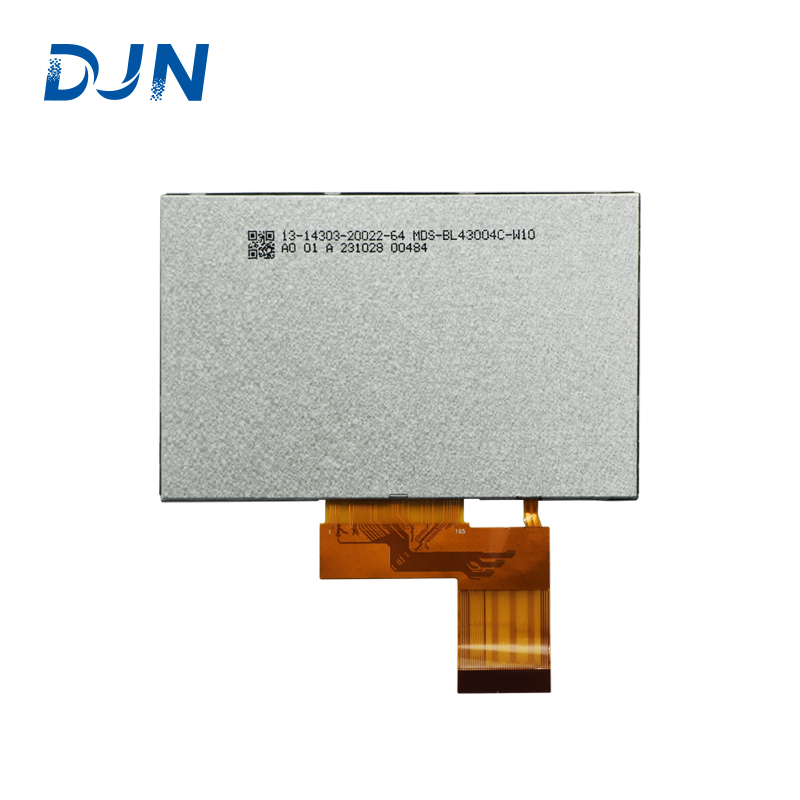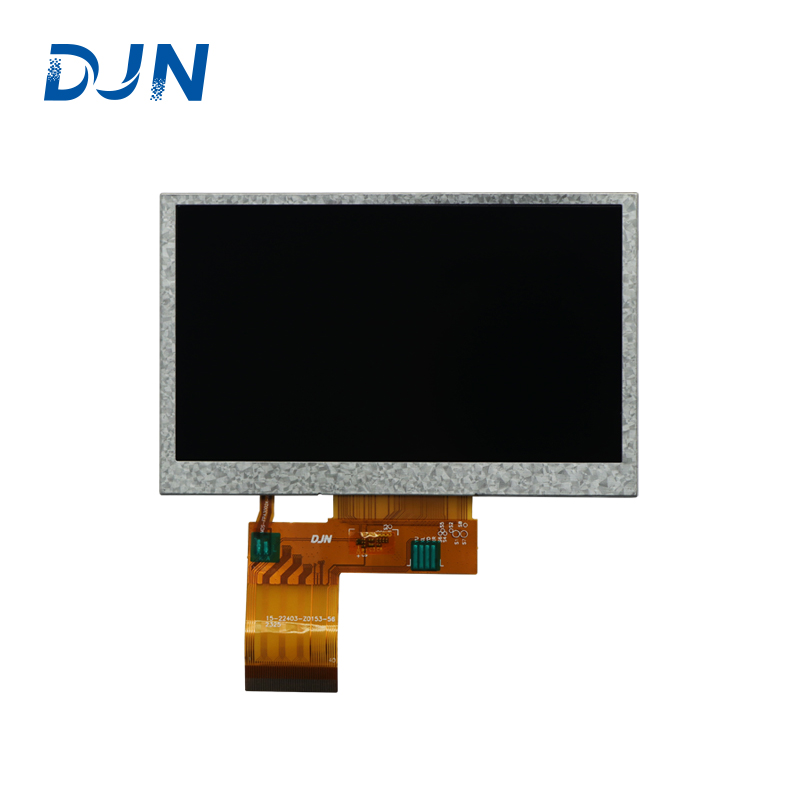In recent years, the development of Human-Machine Interface (HMI) technology has revolutionized the way we interact with electronic devices. One prominent advancement in this field is the introduction of touch screen displays, which have greatly enhanced user experience and interaction. In this research article, we will explore the capabilities and limitations of hmi touch screen displays in comparison to other display technologies.
The Advantages of HMI Touch Screen Display
HMI touch screen displays offer several advantages over traditional display technologies. Firstly, they provide a more intuitive and user-friendly interface by allowing users to directly interact with graphical elements on the screen through gestures such as tapping, swiping, or pinching. This eliminates the need for physical buttons or knobs, resulting in a sleeker design and improved aesthetics.
Secondly, HMI touch screens enable multi-touch functionality, allowing users to perform multiple actions simultaneously. This feature enhances efficiency and productivity in various applications such as gaming consoles or industrial control systems where quick response times are crucial.
Furthermore, these displays can be easily customized to suit specific requirements by implementing different software interfaces. This flexibility enables seamless integration into diverse industries ranging from automotive infotainment systems to medical devices.
The Limitations of DJN LCD Displays

DJN LCD (Direct-Joining Nanoimprint Lithography) displays have gained attention due to their high resolution and energy-efficient properties. However, compared to HMI touch screens, DJN LCDs lack adaptive capability when it comes to user interaction. These displays primarily rely on physical buttons or capacitive sensors for input rather than offering direct touchscreen functionality.
This limitation restricts the versatility of DJN LCDs as they cannot support complex gestures like pinch-to-zoom or swipe gestures. Additionally, the presence of physical buttons can lead to a cluttered and less visually appealing design.
Despite these limitations, DJN LCDs still find applications in specific industries where high-resolution displays are required but advanced touch screen capabilities are not essential, such as digital signage or public information displays.
The Potential of E-Paper Displays
E-paper displays have gained popularity due to their low power consumption and ability to mimic the appearance of traditional ink on paper. These displays offer excellent readability even under direct sunlight and consume minimal energy since they only require power during content updates.
However, e-paper displays currently lack adaptive capability similar to HMI touch screens. They primarily serve as static display solutions for applications like e-readers or electronic shelf labels where frequent user interaction is not necessary.
Nonetheless, ongoing research aims to enhance the adaptability of e-paper technology by incorporating touch-sensitive layers without compromising its low-power characteristics. This could potentially bridge the gap between HMI touch screens and e-paper displays in terms of functionality and versatility.
Click e paper display.
Conclusion
In conclusion, HMI touch screen displays offer unparalleled intuitive user interfaces with multi-touch capabilities that greatly enhance user experience across various industries. While alternative technologies like DJN LCDs provide high resolution and energy efficiency, they lack the adaptive capability offered by HMI touch screens. Similarly, although e-paper displays excel in low-power consumption and readability under sunlight conditions, their limited interactive features hinder their widespread adoption in dynamic applications requiring advanced touchscreen functionalities. As technology continues to evolve rapidly, it is expected that further advancements will be made towards integrating adaptive capabilities into various display technologies while maintaining their unique strengths.
